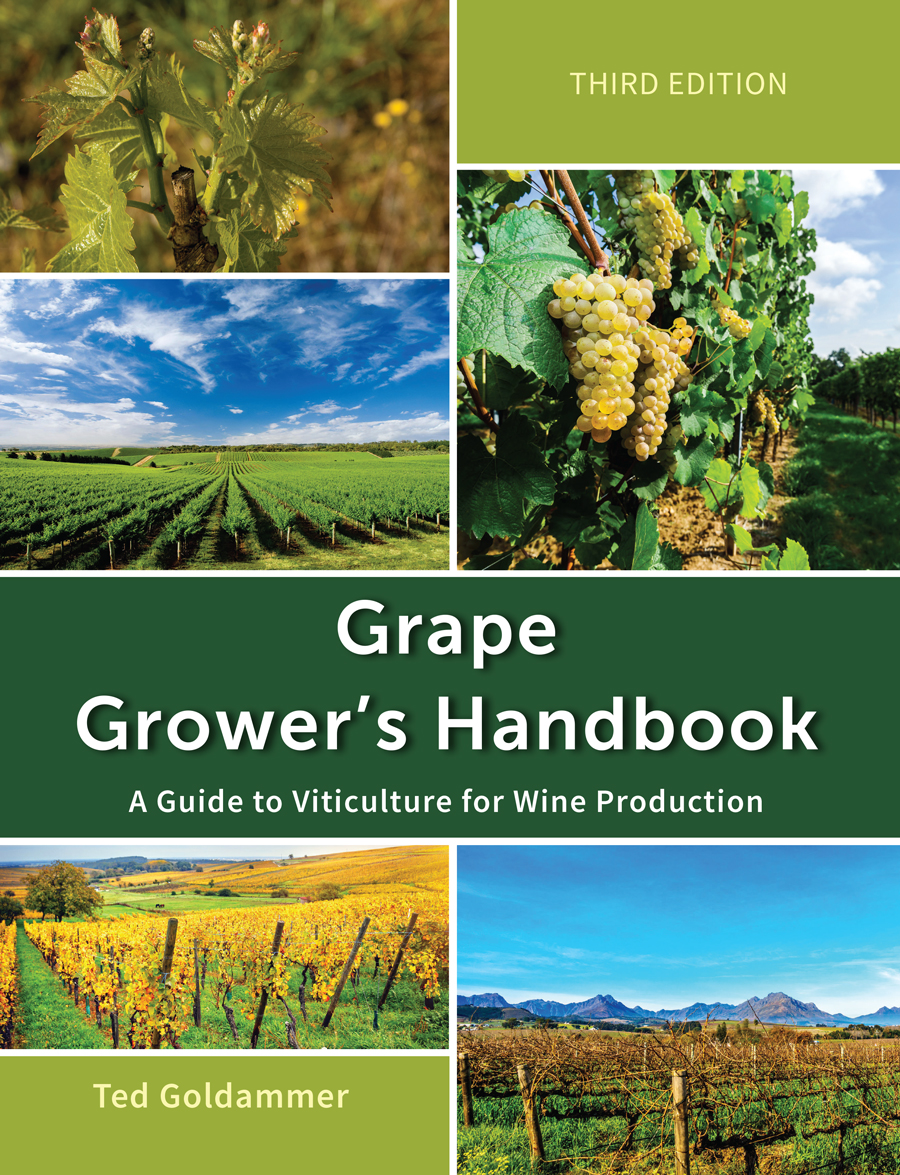Vineyard Frost Protection
(book excerpts)The best protection for avoiding a spring frost is locating the vineyard on a proper site. However, most sites are not perfect, and may benefit from additional frost protection. In the spring, frost has the potential to kill young vines, reduce or destroy the crop for that season, and reduce the potential yield for the following season. In general, younger tissues tend to freeze at a higher temperature because they have a greater, water content, hence shoot tips, emerging leaves and developing inflorescences tend to be most sensitive to a frost. Vines that have not broken bud are less prone to damage. In the fall, frost before harvest will lead to premature leaf fall. This effectively prevents any further photosynthate accumulation by the vine, the transfer of nutrients from the leaves into the vine, and the accumulation of sugars in the berries. The focus of this chapter is on practical considerations related to what has been traditionally called spring frost protection.
Click on the following topics for more information on vineyard frost protection.
Topics Within This Chapter:
- Freeze versus Frost
- Advective Freeze
- Radiant Frosts
- Grapevine Frost Damage
- Spring Frost
- Fall Frost
- Passive Methods for Managing Frost
- Prior to Vineyard Establishment
- Site Selection
- Variety Selection
- Barriers
- After Vineyard Establishment
- Soil Management
- Trellis Height/Canopy Management
- Pruning Strategies
- Cover Crops
- Active Methods for Managing Frost
- Wind Machines
- Inversion Layer
- Start-Up and Shut-Down Temperatures
- Critical Temperature
- Operation
- Wind Machine Location in Vineyard
- Investment
- Frost Monitoring Systems
- Helicopters
- Inverted Sink Fans
- Helicopters
- Heaters
- Over-Vine Sprinkler Systems
- Start-up and Shut-down Temperatures
- Application Rates
- Sprinkler Selection
- Sprinkler Rotation Speeds
- Estimating Water Needs
- Selected References

